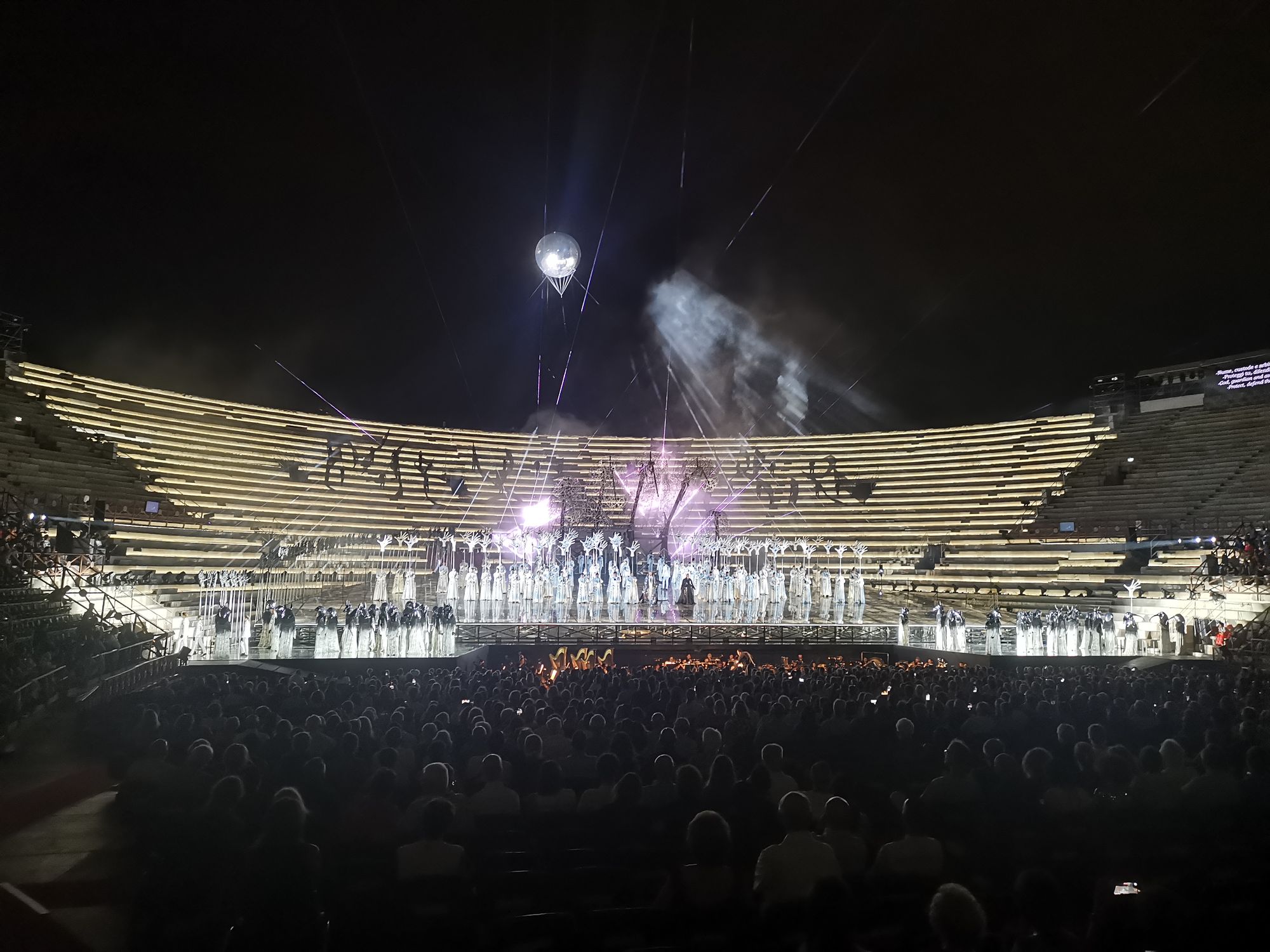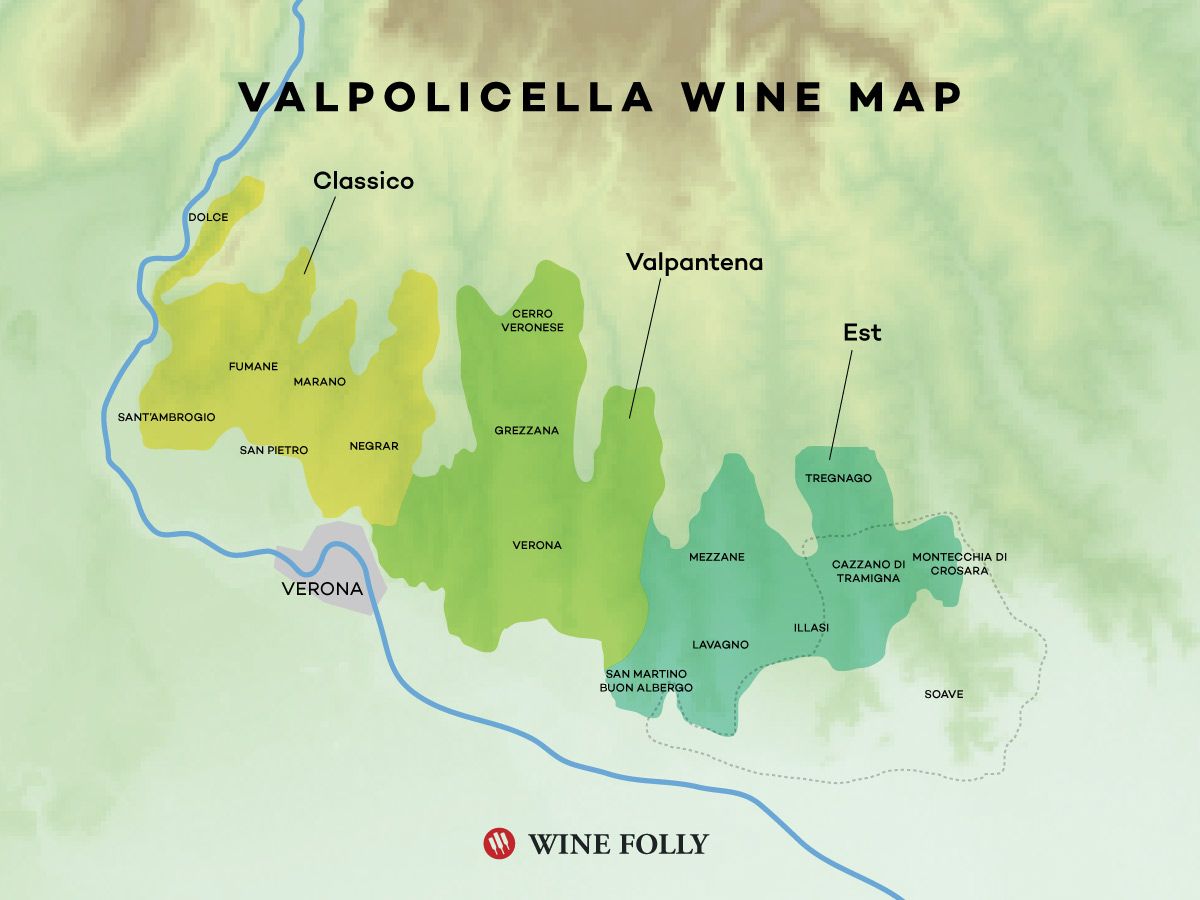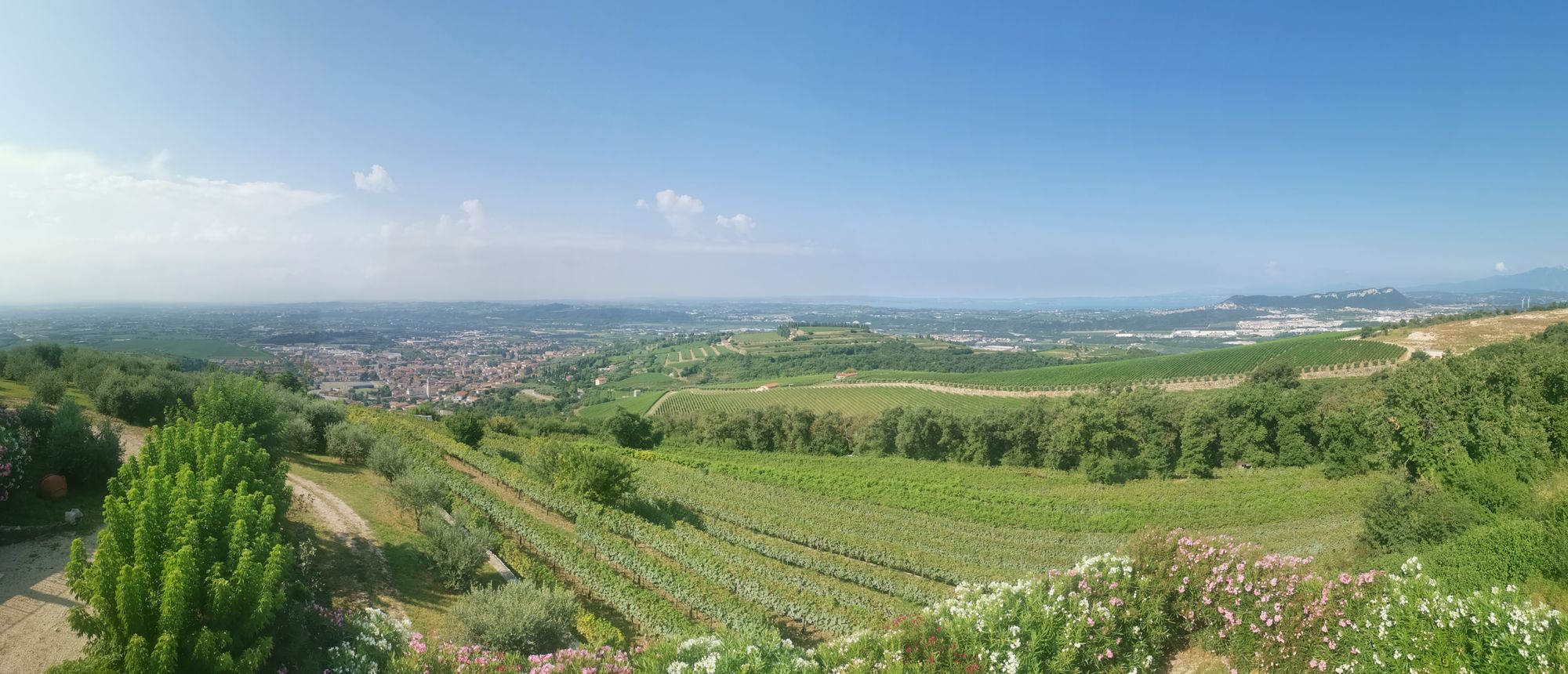Valpolicella Wine Trip
We decided to visit "valley of many cellars" for this year's wine tasting trip which is probably most famous for its Amarone wines. But the region has so much more to offer in terms of wine, food and its proximity to the city of Verona. Besides being famous for being the city where Romeo and Juliet came from, Verona is also known for its opera in the ancient Roman Arena, where we saw the modern interpretation of Aida. Watching the massive production in the open air was definitely breathtaking, even though the show was delayed by 45 minutes when it started raining after the first act.

We stayed in the Classico region of Valpolicella, where winemaking started in the area, and thus all of the wine tastings we attended were also there.

The wines in Valpolicella are mostly made from the Corvina, Corvinone and Rondinella grapes, but it seems that each winery has different proportions mixed in their wines and is not very open about it (probably to prevent other wineries from stealing their secret recipe). However, the most interesting difference is definitely in the vinification process of the wines:
- Recioto: this is the sweet dessert wine which is famous even going back to ancient times, when people apparently had a much sweeter tooth. The high sugar content is achieved by drying the grapes for 2 months in a process called appassimento, making the grapes look and taste more like raising and letting the juice ferment for 10 days.
- Amarone: the wine that is synonymous with the region actually originated from a mistake when people forgot to stop the fermentation of Recioto, resulting in a wine that is dryer. Nowadays, Amarones have overtaken Reciotos in popularity and are typically fermented for about 28 days and aged for at least 2 years in oak.
- Valpolicella Classico: this term refers to wines from the region made with the same types of grapes but without going through the appasimento process. Sometimes one will also see the term "Superiore" on the label which refers to the longer ageing process for the wine.
- Ripasso: at some point, people realised that they can use the skins left from Amarone's fermentation and mix it with the Classico wine to start a second fermentation, in a process called "repass". This creates a wine with a new characteristic which can be perceived as something in between Amarones and Classicos.
All of the wineries we visited also conducted experiments with their winemaking processes that resulted in very interesting IGT wines. Furthermore, the wineries also offered very different experiences:
- Zyme: this is the newest and most modern winery we visited during the trip and we were guided by the very entertaining and opiniated Marco. The wines from Zyme are actually quite known in Switzerland which is why I suggested to them. Interestingly, it's not the Amarone, Ripasso or Recioto which were the highlights of the tasting, but instead it's the experimental Kairos and Harlequin wines, which were made from a blend of 16 different grapes.
- Quintarelli: this winery is probably the most mysterious since they didn't have a website and visits can only be booked via phone. But my research suggested that they are the best maker of Amarone and recommendations from other people seemed to support that. However, although the property we visited was gorgeous, the verdict from our group was that the experience was quite underwhelming. This stemmed mostly from our guide who didn't seem very enthusiastic while telling the history of the winery and would only describe the wines during the tasting further if asked questions. At the end of the day, I've satisfied my curiosity about their wines and paying for the tasting is definitely more cost-efficient since most of Quintarelli's bottles sell for hundreds of Euros.
- Corte Badin: for the last tasting, we visited a much smaller family winery which is actually where we made most of our purchases. Partly because you can't easily get their wines in Switzerland, but also because they presented the best value, such as the 2015 Amarone Riserva for 45 Euros which is a very good vintage for the region. We also got a case of their Beso wine for 25 Euros each which is classified as an IGT but tastes like a very refreshing Amarone.
Finally, we also indulged in amazing foods during our stay. Also dinners are very good excuses to try even more delicious wines from the region. The best food we had was at the Enoteca Della Valpolicella which has a great service with their recommendations for the food and wine. We also spent a wonderful evening at Ristorante Ponte Pietra which has a great view of the Adige river if you're lucky enough to get a table at the balcony as well as the bridge of the same name. The agriturismo we stayed in, Il Biotto, also deserved a shoutout with the amazing view of lake Garda and vineyards as far as the eye can see, the relaxing pool and our very kind hosts. I can definitely recommend a visit to Valpolicella!

